|
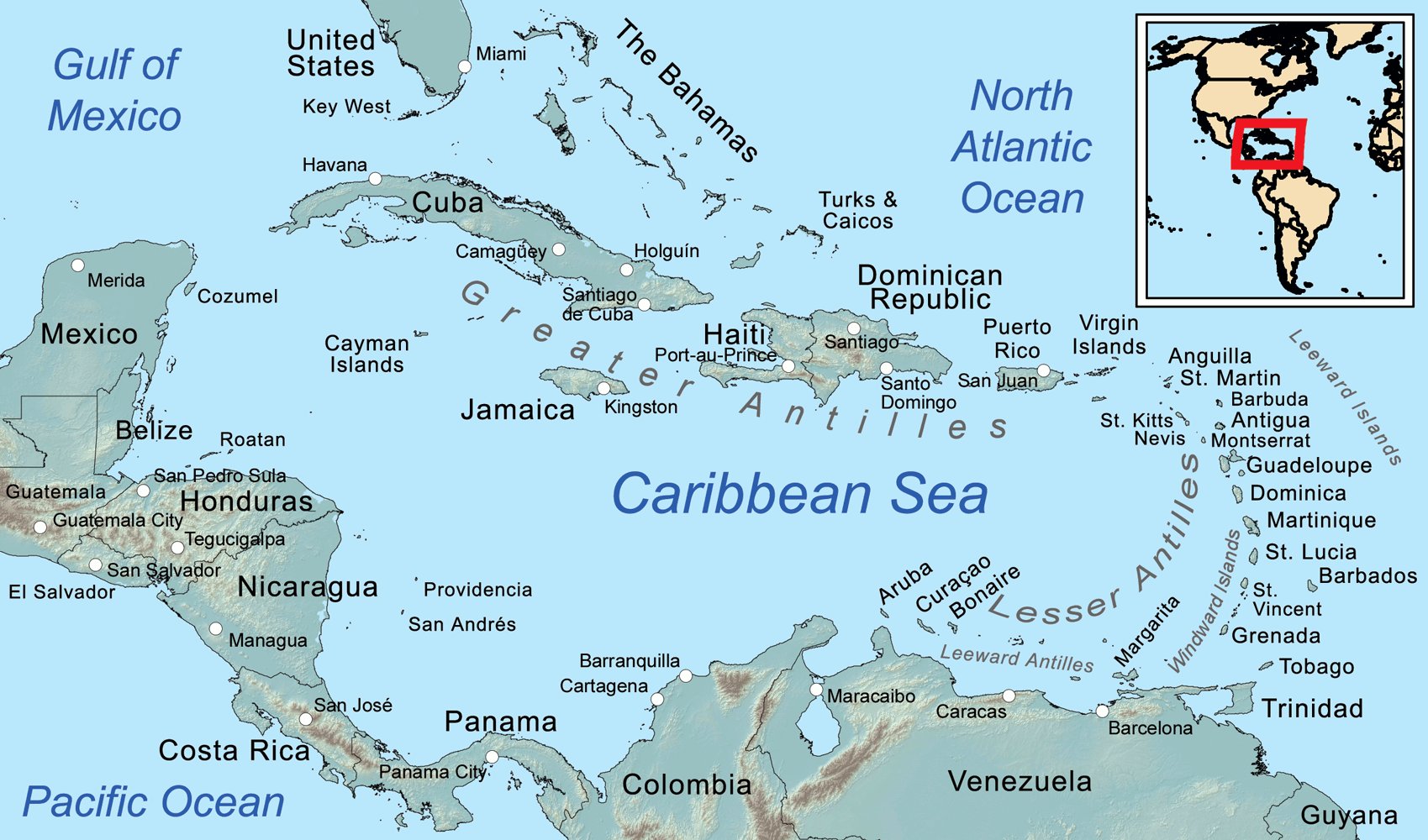
Map
of the Caribbean Sea, showing the Greater, Lesser, and Leeward Antilles, the
Leeward and Windward Islands.
THE
GUARDIAN 3 JULY 2024 - 'PLEASE SEND HELP': CARIBBEAN REELS FROM HURRICANE BERYL DEVASTATION
Homes flattened, apocalyptic scenes and at least four dead as St Vincent and the Grenadines and Grenada try to recover.
This should have been a week of celebration in the Caribbean country of St Vincent and the Grenadines (SVG). The annual Vincy Mas carnival, which attracts thousands of tourists, had advertised a packed schedule of costume parades and soca competitions.
Instead, the Vincentian population is reeling from what the country’s prime minister has described as the “utter devastation” wrought by Hurricane Beryl, which ravaged the multi-island country and its eastern
Caribbean neighbour Grenada.
Images and videos shared on social media showed apocalyptic scenes in SVG and Grenada: flattened houses; damaged police stations, schools and hospitals; streets strewn with the remnants of mangled and dismantled roofs, and towering swells rushing into roads and properties. They told a powerful story of panic, fear and anguish.
At least four people in the Caribbean and three in Venezuela have died during the hurricane, which is barrelling towards
Jamaica, having reached category 5 status. On Facebook, among the prayers, regional camaraderie and global messages of support, there are desperate pleas for help and information about missing loved ones.
Several messages begged for information about family members on the SVG islands of Canouan, Union Island and Mayreau, which along with the Grenadian islands of Carriacou and Petite Martinique are thought to be among the worst-affected.
One distraught mother wrote: “My daughter [is] in a house in Canouan. Her roof is blowing off, and she is pregnant. Please send help, she is alone … please send help!”
But officials trying to reach the islands to assess damage, deliver aid and arrange evacuation have been hampered by dangerous conditions and a near-total communication blackout.
Late on Monday, Grenada’s prime minister, Dickon Mitchell, told a press conference that Carriacou had been flattened in half an hour. By Tuesday evening, after visiting Carriacou, he described
“Armageddon-like” scenes of “almost total destruction”, with approximately 98% of building structures damaged or destroyed and an almost complete wipeout of the electrical grid and communications systems.
“Having seen it myself, there is really nothing that could prepare you to see this level of destruction. It is almost Armageddon-like. Almost total damage or destruction of all buildings, whether they be public buildings, homes or private facilities. Complete devastation and destruction of agriculture, complete and total destruction of the natural environment. There is literally no vegetation left anywhere on the island of Carriacou,” he said.

Union Island suffered a similar fate, with 90% of houses severely damaged or destroyed.
In a video posted online, the Vincentian journalist Demion McTair described the “unthinkable” devastation, which he likened to the aftermath of a bombing. Walking through streets littered with debris and lined with gutted and roofless houses, he captured the anguish of residents who were being evacuated by ferry.
“Just imagine stoves flying in the air, house flying, lifting up, tearing apart and just going in the wind. Just like that … Just imagine,” said one woman, her voice trailing away as she choked back tears.
A young man described sleeping on concrete as they waited for help. “About 25 of us slept on [roofing sheets] with sheets spread on it. We had cockroaches on our feet. It was cold and wet,” he said.
Another woman said she had seen a number of injured elderly people, and a man who was gashed across his chest by a zinc roofing sheet as he tried to rescue his father.
The SVG prime minister, Ralph Gonsalves, praised the resilience of the country’s people, who are facing the “immense destruction” of Beryl while still recovering from the impact of a major volcanic eruption in 2021, which displaced more than 20,000 people and caused more than $200m worth of damage.
“The faces of our men and women are strained and anxious,” he said. “But tomorrow, we get up with the conviction to rebuild our individual lives and our family’s lives. To rebuild our country, to recover.”
Gonsalves expressed concerns about access to international finance to fund rebuilding and called on richer countries to honour their climate commitments.
“For the major emitters of greenhouse gases, those who contribute most to global warning, you are getting a lot of talking, but you are not seeing a lot of action – as in making money available to small-island developing states and other vulnerable countries.
“I am hopeful that what is happening – and we are quite early in the hurricane season – will alert them to our vulnerabilities, our weaknesses and encourage them to honour the commitments they have made on a range of issues, from the Paris accord to the current time,” he said.

The Commonwealth secretary general, Patricia Scotland, joined the call for better climate finance support to small and vulnerable countries affected by
hurricanes, which have been made increasingly frequent and dangerous by global heating.
Scotland had been on her way to the now-postponed 20-country Caribbean Community (Caricom) leaders’ summit in Grenada when a state of emergency was declared in the country.
She said in a statement: “This is the new reality that we face. Once a rare occurrence, hurricanes are severely damaging small island economies with greater intensity and regularity. In 2017, Hurricane Maria devastated my own country of birth, Dominica. In 2019, Dorian, the most powerful hurricane to ever hit the
Bahamas, tore through the island nation, causing billions in damage. In 2023, Vanuatu was devastated by a category 5 cyclone, Lola.
“The damage of these shocks is deepened by the lack of adequate financial support. Small island states, which have done the least to cause this climate crisis and have contributed only 1% of all global
carbon dioxide emissions, struggle to unlock climate finance. In 2019, they had access to only $1.5bn out of the $100bn pledged to developing countries.”
Mitchell is hoping to trigger his country’s catastrophic risk insurance policy as he calculates the massive cost of recovery, telling reporters that the clean-up alone will take tens of millions of dollars.
With storm force winds felt in Jamaica on Wednesday morning, where the prime minister, Andrew Holness, has triggered emergency orders and preparations, Beryl is likely to cause yet more carnage in the Caribbean.
And even as Mitchell and Gonsalves galvanise regional and international support, including an emergency meeting with Caricom, they received news of another tropical wave, raising fears that the grim prediction from the US
National Oceanic and Atmospheric Administration of an “above normal” hurricane season is coming true.

Saint Vincent is a volcanic island in the Caribbean. It is the largest island of the country Saint Vincent and the Grenadines and is located in the Caribbean Sea, between Saint Lucia and Grenada. It is composed of partially submerged volcanic mountains. Its largest
volcano and the country's highest peak, La Soufrière, is active, with the latest episode of volcanic activity having begun in December 2020 and intensifying in April 2021.
There were major territory wars between the indigenous population of the Black Caribs, also called the Garifuna, and Great Britain in the 18th century, before the island was ceded to the British in 1763 and again in 1783. Saint Vincent and the Grenadines gained independence from the
United Kingdom on 27 October 1979 and became part of the
British
Commonwealth of Nations thereafter. Approximately 130,000 people currently live on the island, and the
population saw significant migration to the UK in the early 1900s and between the 1940s and 1980s. There has also been significant migration to
Canada and other larger neighbouring Anglo-Caribbean islands. The main island consists of the capital Kingstown, with the rest of the island divided into the five main coastal strip towns of Layou, Barrouallie, Chateaubelair, Georgetown, and Calliaqua.
St. Vincent & The Grenadines was granted associate statehood status by Britain on 27 October 1969, giving it complete control over its internal affairs. Following a referendum in 1979, St. Vincent and the Grenadines became the last of the Windward Islands to gain independence, on 27 October 1979, though it remains a member of the Commonwealth of Nations. It celebrates Independence Day every year on 27 October.

SARGASSUM:
Represents an immediate
threat to the economics of the Caribbean Islands, the
Gulf of
Mexico, and African West Coast, but is
also a potential asset if it can be economically harvested and used for,
among other things, fertilizer for agriculture: where
there is a world shortage.
BIOMASS - BUILDING
MATERIALS - CANCER
TREATMENTS - CLOTHING
& SHOES - CO2
SEQUESTRATION - COSMETICS
FERTILIZERS - FOODS - MEDICINES - MINERALS - PACKAGING - SUPPLEMENTS - VITAMINS
THE
CARIBBEAN ISLANDS BY
POPULATION
1
Cuba 11,252,999
2 Haiti
11,263,077 (Hispaniola)
3 Dominican Republic 10,766,998 (Hispaniola)
4 Puerto Rico (US) 3,508,000
5 Jamaica 2,729,000
6 Trinidad and Tobago 1,357,000
7 Guadeloupe (France) 405,000
8 Martinique (France) 383,000
9 Bahamas 379,000
10 Barbados 283,000
11 Saint Lucia 172,000
12 Curaçao (Netherlands) 157,000
13 Aruba (Netherlands) 110,000
14 Saint Vincent and the Grenadines 110,000
15 United States Virgin Islands
105,000
16 Grenada 104,000
17 Antigua and Barbuda 89,000
18 Dominica 71,000
19 Cayman Islands (UK) 59,000
20 Saint Kitts and Nevis 46,000
21 Sint Maarten (Netherlands) 39,000
22 Turks and Caicos Islands (UK) 37,000
23 Saint Martin (France) 36,000
24 British Virgin Islands (UK) 31,000
25 Caribbean Netherlands
26,000
26 Anguilla (UK) 14,000
27 Saint Barthélemy (France) 10,000
28 Montserrat (UK) 5,000
29
Tortuga 25,936
30
Roatán 110,000
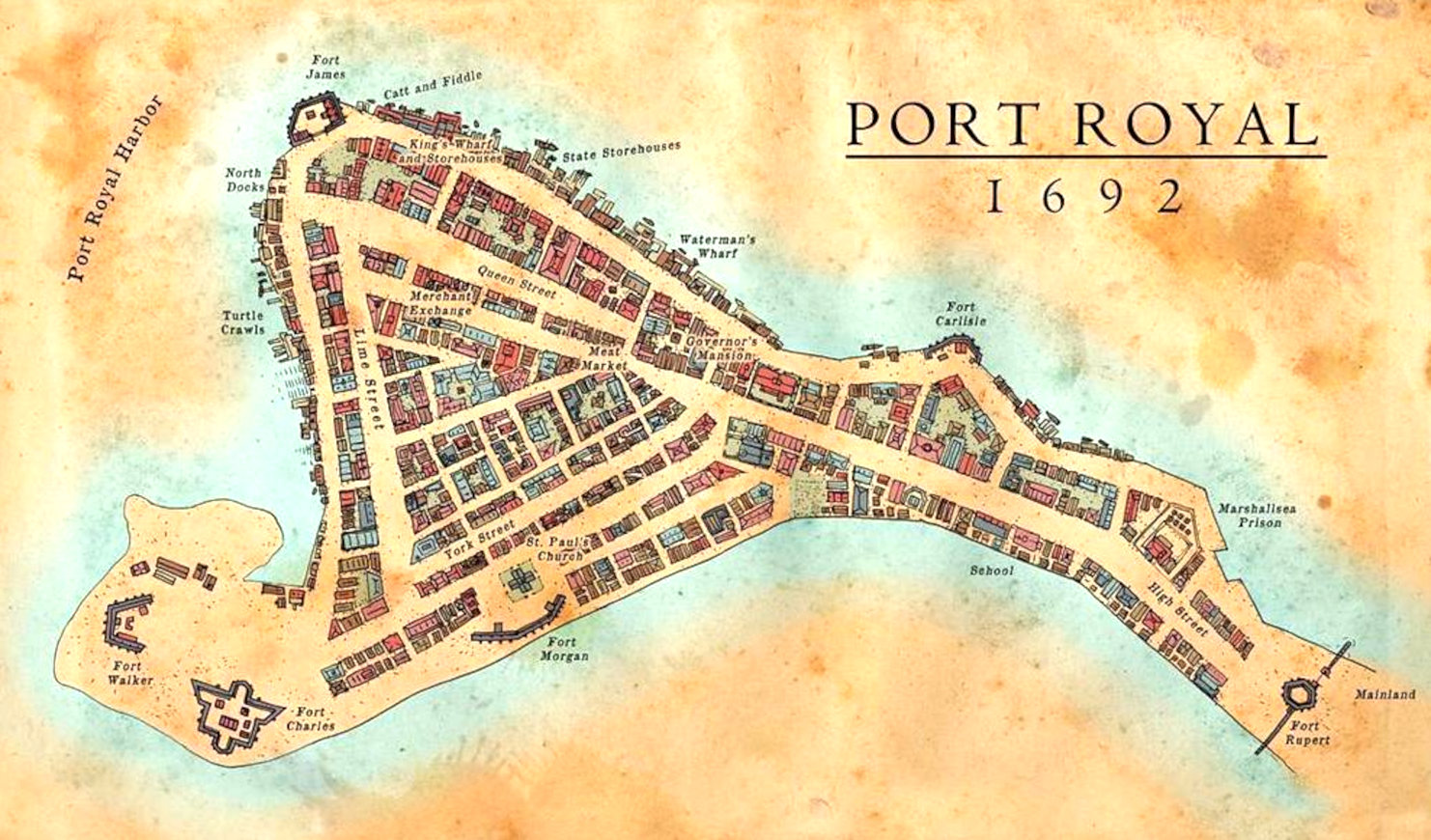
Map
of Port Royal
from 1692, where the notorious buccaneer, Sir Henry Morgan
was buried, along with a Code to give meaning a treasure Map inherited by Lord
Huntington - giving the whereabouts of a Kings ransom. Unfortunately,
Port Royal was sunk when hit by an earthquake and tsunami in June 1692,
along with the grave of the infamous buccaneer, lost in time until
re-discovered by John
Storm and the Elizabeth
Swann. This is the start of a race to find the hidden stash, involving treachery
and industrial espionage.
The
Caribbean
Sea is littered with shipwrecks and dotted with dozens of paradise
islands, where pirates
are said to have buried their treasure.
Many island nations are at risk as to rising
sea levels, caused by climate
change, with the United
Nations powerless to deal with global
warming, being dependent on fossil
fuels. The area has some of the most interesting World
Atlas locations on Planet
Earth.
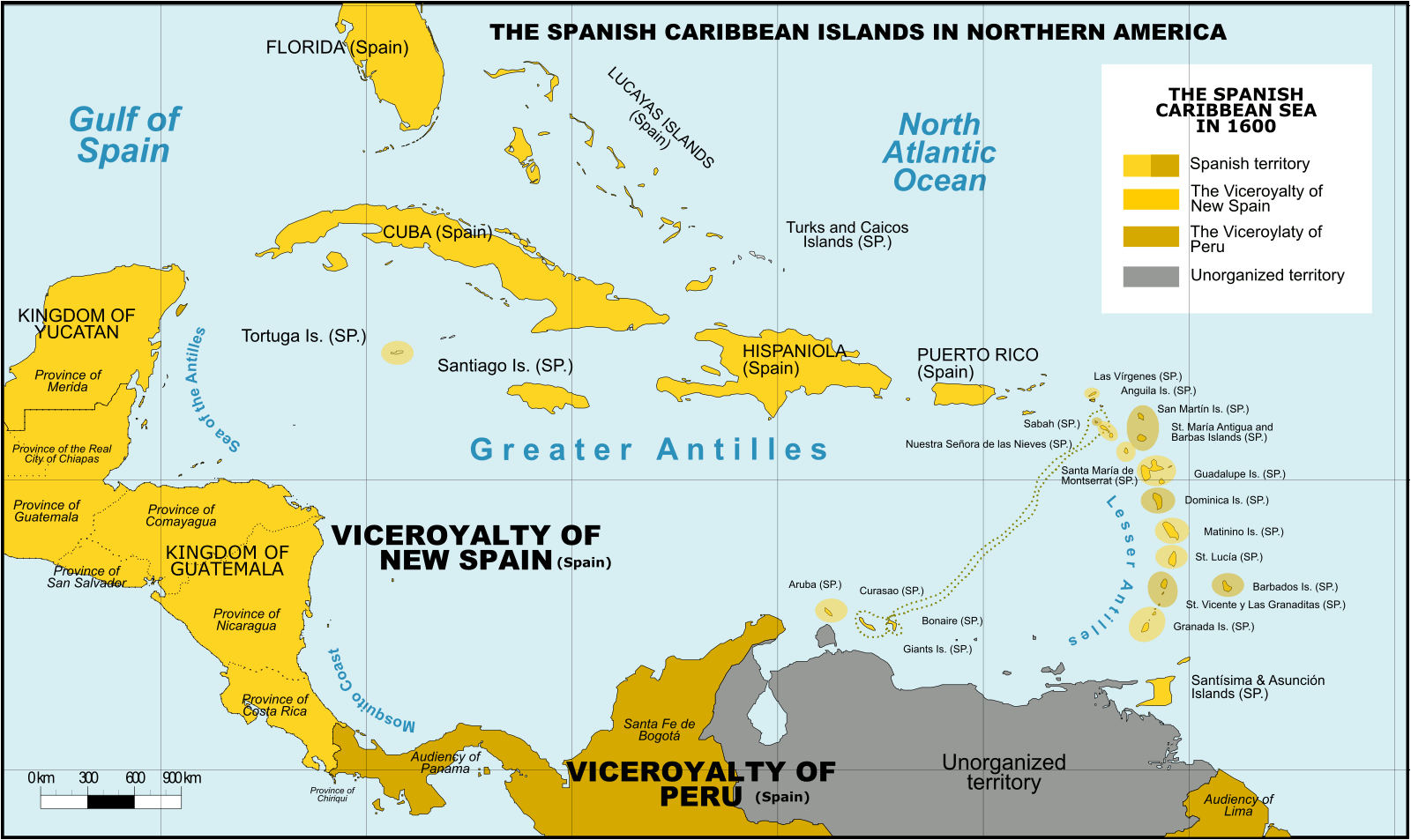
Spanish Caribbean Islands 1600 Spanish Overseas territories Northern America Turks and Caicos Islands (1492-1516, 1516-1678) * Islas Turcas y Caicos The Bahamas (1492-1516, 1516-1648) *Islas Lucayas Bermuda (1503-1516, 1516-1609) *Carabela/Isla de los Diablos Greater Antilles Cuba (1492-1762, 1763-1898) *Juana Cayman Islands (UK) (1503-1670) *Islas de las Tortugas La Española/Hispanola (1492-1795, 1801-1822) Dominican Republic (1492-1795, 1801-1822, 1861-1863) *Santo Domingo Haiti (1492-1793) *Santa María Jamaica (1492-1655) *Isla Santiago Puerto Rico (US) (1493-1898) *San Juan Bautista Lesser Antilles Leeward Islands: Virgin Islands (1493-1587) *Islas Once Mil Vírgenes / Islas Vírgenes St. Thomas (US) (1493-1587) St. John (US) (1493-1587) St. Croix (US) (1493-1587) Water Island (US) (1493-1587) British Virgin Islands (UK) (1493-1648) *Islas Once Mil Vírgenes / Islas Vírgenes Tortola (UK) (1493-1648) Virgin Gorda (UK) (1493-1672) Anegada (UK) (1493-1672) Jost Van Dyke (UK) (1493-1672) Anguilla (UK) (1500-1631, 1631-1650) *Isla de la Anguila Saint Martin/Sint Maarten (France/Neth.) (1493-1631) *San Martín Saint-Barthélemy (Fr.) (1493-1648) *San Bartolomeo Saba (Neth.) (1493-1640) *Saba/San Cristóbal Sint Eustatius (Neth.) (1493-1640) *San Eustaquio St. Kitts and Nevis (1493-1628) *Nuestra Señora de las Nieves Saint Kitts (1493-1628) *San Cristóbal Nevis (1493-1628) *Nieves Antigua and Barbuda Barbuda (1493-1628) *Santa Dulcina Antigua (1493-1632) *Santa María de la Antigua Redonda (1493-1632) *Santa María la Redonda Montserrat (UK) (1493-1632) *Santa María de Monstserrat Guadeloupe (Fr.) (1493-1631) *Santa Guadalupe Windward Islands: Dominica (1493-1635) *Domingo Martinique (Fr.) (1502-1635) *Martinino Saint Lucia (St. Lucia) (1502-1660) *Santa Lucía Barbados (1492-1620) *Los Barbados/El Barbudo St. Vincent and the Grenadines (1498-1627) *San Vicente Saint Vincent the Grenadines Grenada (1498-1650) *Concepción Carriacou & Petite Martinique (Grenada) Trinidad & Tobago (1498-1628) *Santísima e Asunción Aruba (Neth.) (1499-1648) *Aruba/Oroba Curaçao (Neth.) (1499-1634) *Curasao/Isla de los Gigantes Bonaire (Neth.) (1499-1635) * Bonaire/Buon Aire Viceroyalty of New Granada Los Roques Archipelago (Ven) La Orchila (Ven) La Tortuga (Ven) La Blanquilla (Ven) Margarita Island (Ven) Coche (Ven) Cubagua (Ven) Other islands (Ven) *Founded Spanish names
CITIES
LOST IN INNERSPACE
ATLANTIS
- MEDITERRANEAN SEA
ATLIT-YAM
- ISRAEL
BAIA
- ITALY
DWARKA
- INDIA
PAVLOPETRI
- GREECE
PHANAGORIA
- BLACK SEA
PORT
ROYAL - JAMAICA
RUNGHOLT
- DENMARK
THONIS-HERACLEION
AND ALEXANDRIA - EGYPT
YONAGUNI
JIMA - JAPAN
https://www.theguardian.com/world/article/2024/jul/02/hurricane-beryl-deaths-caribbean
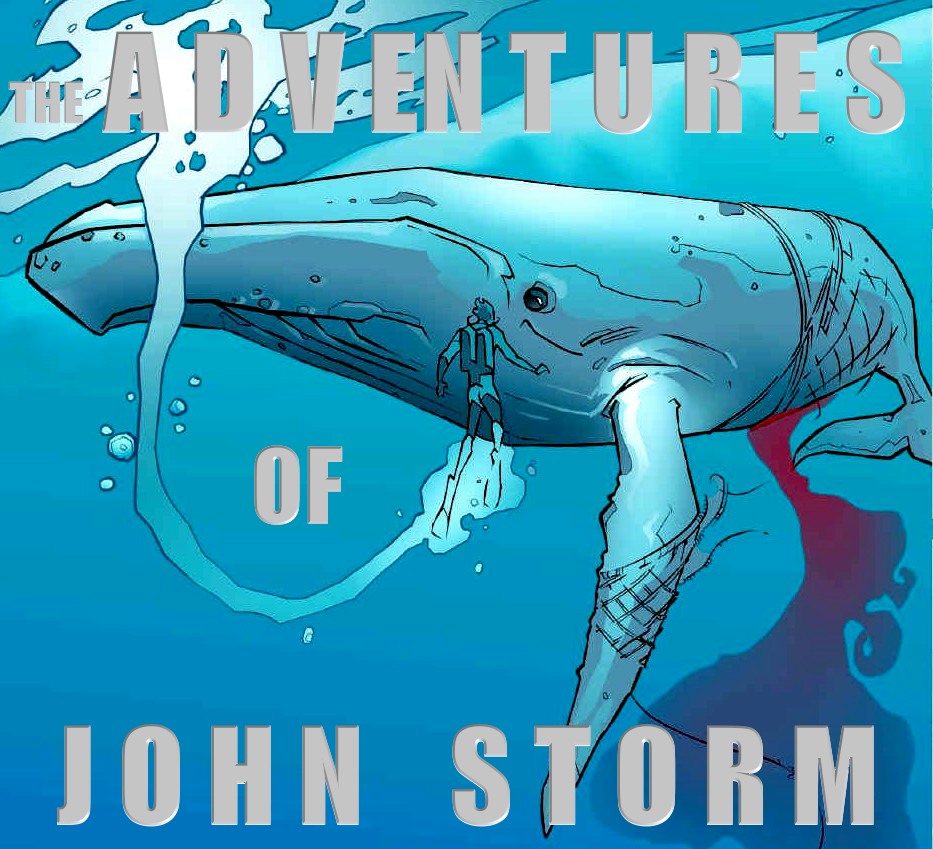

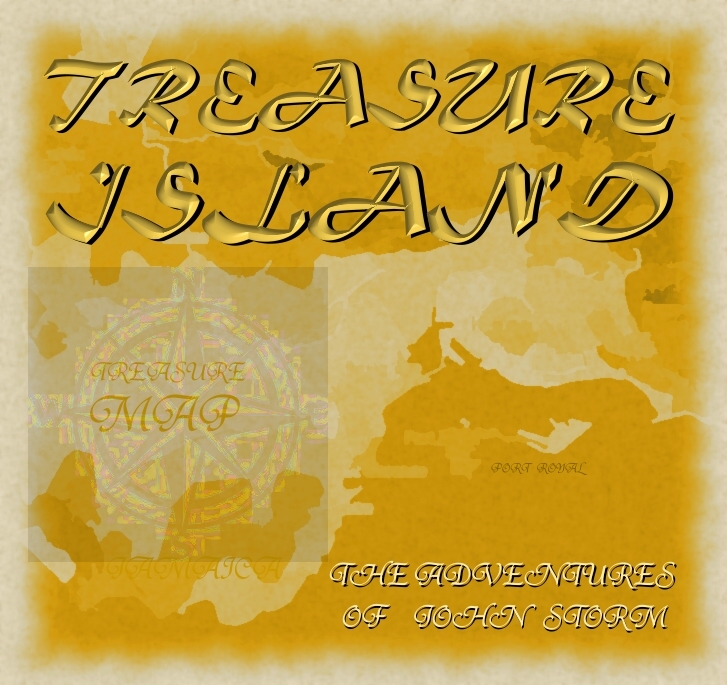
STUDIO/AGENTS: A draft script for
Kulo-Luna is available on request. Cleopatra The Mummy is currently under
development
|






